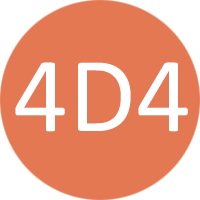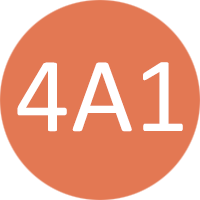The Principal Designer’s role is very important in influencing how risks to health and safety are managed throughout a project. Design decisions made during the pre-construction phase have a significant influence in ensuring the project is delivered in a way that secures the health and safety of everyone affected by the work.
Principal designers must:
- plan, manage, monitor and coordinate health and safety in the pre-construction phase. In doing so they must take account of relevant information (such as an existing health and safety file) that might affect design work carried out both before and after the construction phase has started
- help and advise the client in bringing together pre-construction information, and provide the information designers and contractors need to carry out their duties
- work with any other designers on the project to eliminate foreseeable health and safety risks to anyone affected by the work and, where that is not possible, take steps to reduce or control those risks
- ensure that everyone involved in the pre-construction phase communicates and cooperates, coordinating their work wherever required
- liaise with the principal contractor, keeping them informed of any risks that need to be controlled during the construction phase
On a domestic client project where the domestic client does not appoint a principal designer, the role of the principal designer must be carried out by the designer in control of the pre-construction phase. When working for a domestic client, the client duties will normally be taken on by another duty-holder (often the principal contractor on projects involving more than one contractor). However, the principal designer can enter into a written agreement with the domestic client to take on the client duties in addition to their own.





